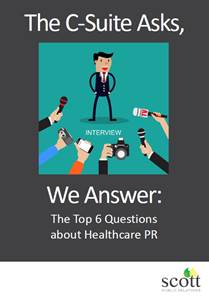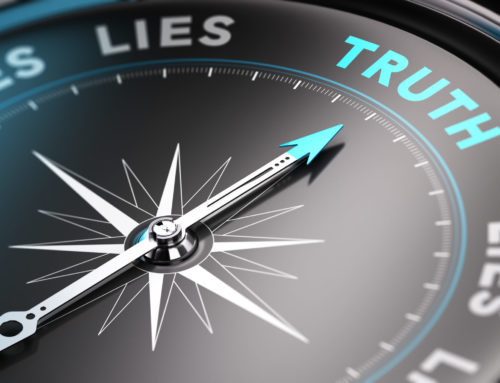
The growing wealth gap among citizens is a major public policy concern for the United States. Income inequality has very real consequences for the people at the lower end of the gap, but it doesn’t stop there. As the divide in wealth continues to grow, it will have a negative impact on other public policy issues as well—including healthcare.
Income inequality refers to the disparity in the distribution of wealth and income between different groups of people. When the wealth gap is growing, it means that some people are earning and holding increasing amounts of wealth, while others are either earning the same amount or even less. The current trend of inequality can be traced back almost forty years, to a policy theory called “trickle-down economics.” This theory basically claims that increasing the wealth available to “job creators” would ultimately increase the wealth of the broader population, as the money trickled down to employees through economic growth. In order to fuel this growth, tax rates for people in higher income brackets were slashed.
Unfortunately, the data shows that the result was quite the opposite. From 1979 to 2005, the after-tax household income of the bottom 20% of American earners rose 6%. In the same period, the top 20% of earners had an 80% increase. The public policy problem emerges as more people find themselves with less money available to spend on essential needs and other services. While many households experience minimal growth of their income, the costs of the services they rely on continue to increase. The result is millions of Americans struggling to afford the things they need to improve their lives, including education, nutritious food, homes—and healthcare.
Income inequality is a terrible companion for a healthcare system based on a fee-for-service model. As the disparity in wealth has increased, so too have the costs of healthcare. The result is that health outcomes for large parts of the population are getting worse because they cannot afford the basic health services they need to be healthy, as they struggle to pay for medicine, surgeries, and insurance.
The great danger of the wealth gap is, then, not the direct damage it inflicts on the “losers” of income inequality. It is the rippling effect of that disparity which can be felt in the struggles faced in other aspects of life. Swift action must be taken to alleviate this growing gap, and to shift the balance towards a more equitable quality of life for all.
You can learn more about the policy issues of income inequality, healthcare, and more, and how we can strive to address them, in the upcoming book Magenta Nation, written by Joy Scott.
If you’re in healthcare, insurance, technology or other professional services industries, and need help with a PR, marketing or social media campaign, contact Scott Public Relations.
Download our e-book, “The C-Suite Asks, We Answer: The Top 6 Questions About Healthcare PR.”

Learn more about healthcare PR, insurance PR, and technology PR in Scott PR’s Einsight blog, and follow Scott Public Relations on LinkedIn, Twitter, and Facebook
Sign up to receive our monthly advice on healthcare, insurance and technology PR: Scott Public Relations.





Leave A Comment